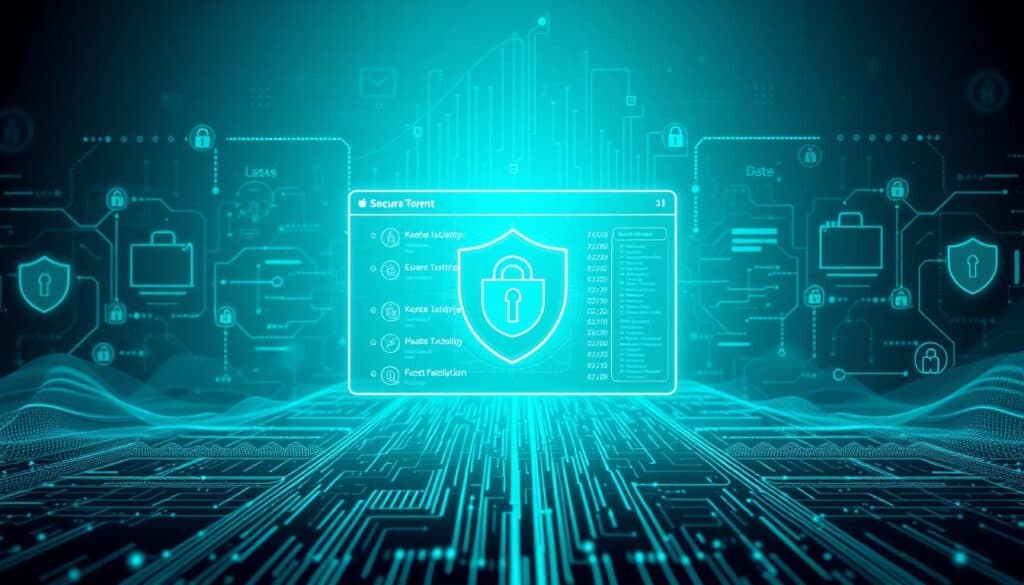Collecting Addresses Through a Address Collection Site
Collecting addresses during the COVID epidemic is a challenging and time-consuming job. A centralized list will make collecting addresses for weddings or events much simpler.
Set up 링크모음사이트 with your personal URL. Share this link with your friends and family members to request their postal addresses, birhday info as well as phone numbers. Your new website will store all of this info for you, without any cost, limit or hassle.
Collecting addresses
Addresses collection is an essential task for any wedding. It can be done through various methods including traditional and digital. A website is the most efficient method to gather and compile addresses. These sites are designed to be simple to use and can be shared with your family and friends so that they can update their information online. You can download all of the information as spreadsheets or CSV file at any time. These sites are usually free to use, and they will not sell or store your personal information such as address details.

주소모음 is among the most popular options for digital invitations. The site allows couples to gather and compile all the details they require to make their invitations. After you sign up for a free account through the site you'll receive an unique link that can be shared via text message, email or facebook. The link will ask users to enter their email address and then save it in your personal contact list. The service provides a variety of features that can simplify the wedding planning process for couples.
Another option for collecting and organizing addresses is an app that is available on a tablet or smartphone. These apps can be used for creating personalized envelopes and labels that can be used to send invitations or thank you cards. Most of these apps are available for download for free and provide various features that are useful in any wedding planning process.
There are a variety of ways to gather addresses for a wedding, and combining both methods is usually the best method to ensure that all your guests receive an invite. A centralized list of wedding addresses will not only help you organize your wedding but also enable you to communicate with vendors and complete other tasks you have listed on your list.
Mobile Apps
Every mobile phone comes with an address book app. This is often called "Contacts." These apps include additional tools to assist you in managing your personal information. Some apps offer backup and sync capabilities that allow you to transfer information about your contacts and content between devices. Other apps offer unique features, like a social compass that alerts friends to each other's presence or a caller ID service that lets users exchange contact information in a single click.
CircleBack (Free/iOS) blends the latest data from social media to eliminate duplicate entries and enhance the information on contacts. The app also detects any missing information, such as job titles, and also alerts when a contact has been updated on another device.
Stat Trak Address Book is an easy-to-use software application that permits you to save contact information in address books, print them and labels. The customizable features of the Stat Trak Address Book permit you to add additional information in the form of notes and group data by categories. The software allows you to recall contacts by their first or last name and also send birthday reminders. It can also analyze data and produce detailed reports, reducing time by automating some tasks. The software provides a variety of printing options for envelopes and address labels, including templates to design your own designs.
Manual Methods
Addresses are an essential piece of information used for administrative purposes and emergency response, research and development and mapping, GIS, and routing and navigation. They are gathered by thousands of local authorities, stored in a variety of databases and records, and used for a variety of purposes. The various formats and data types present unique challenges for the integration of these vital files into central databases. Software software can analyze and standardize the information, cleaning up mistakes and duplicate entries and ensuring that the information is complete and accurate.
These programs use algorithms that rely on complicated databases and structures like GeoPostcodes to determine the reliability and validity of data. The data is then incorporated into the CSDGM to form a single file. The program can also verify and compare the file with authoritative databases to verify that it is correct and up-to-date.
These programs are expensive to install and maintain, even though they can offer important functionality. These programs are difficult to implement or use in large companies, or by the public. They may also be susceptible to errors or bugs, which could result in inconsistent or incomplete data.
There are a number of standards in place that support address-related metadata including the Content Standard for Digital Geospatial Metadata (CSDGM) and the OpenGIS Simple Features Specification For SQL Revision 1.1 and the Geographic Information Data Model (OGDM). The OGC has a number of other standards that are mostly focused on address data. However they do not take into account the quality of information or report.
The OGC has three standards: ISO 19113, 19114, and SDTS. ISO 19113, 19114, and SDTS that are more focused on the specifics of describing and transferring data with an address component. These standards cover content testing for different uses of this type of metadata and methods for evaluating the quality of the data.
The most popular method of collecting and storing address information is in the database. It can be as simple an Excel spreadsheet or as complicated as data structures and tables. It's a flexible and widely used tool, but it can be difficult to set up and manage, particularly in large organizations that have many users.
